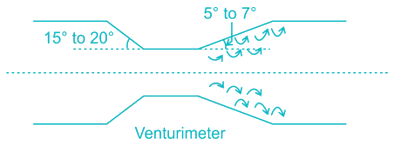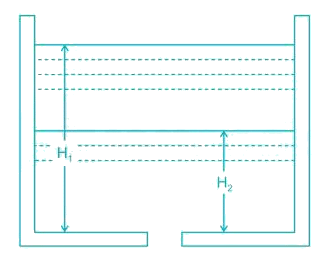Fluid Mechanics - 3 - Mechanical Engineering MCQ
20 Questions MCQ Test SSC JE Mechanical Mock Test Series 2025 - Fluid Mechanics - 3
The major loss of hydraulic energy in pipe flow occurs in long pipe due to:-
| 1 Crore+ students have signed up on EduRev. Have you? Download the App |
For a vacuum pressure of 4.5 m of water, the equivalent absolute pressure is:
In order, to avoid separation in Venturi meter the angle of divergence is kept
The head produced by a liquid of relative density 1.62 is equal to the pressure of 250 kPa. What is the head (m) produced by the liquid?
Time required to empty uniform rectangular tank is proportional to its
The specific gravity of liquids is usually measured by means of a:
The type of fluid in which flow and fluid properties does not change with time at any given location, is known as______.
The conditions for the stable equilibrium of a floating body are:
For a uniform flow with depth of 0.6 m and Froude number of 2.0 in a rectangular channel, the specific energy will be -
Specific gravity of water is 1.0 which is reported at a temperature of:
To avoid vaporisation in the pipe line, the pipe line over the ridge is laid such that it is not more than _____.
|
3 videos|1 docs|55 tests
|
|
3 videos|1 docs|55 tests
|










 : weir angle of inclination with the vertical.
: weir angle of inclination with the vertical.























